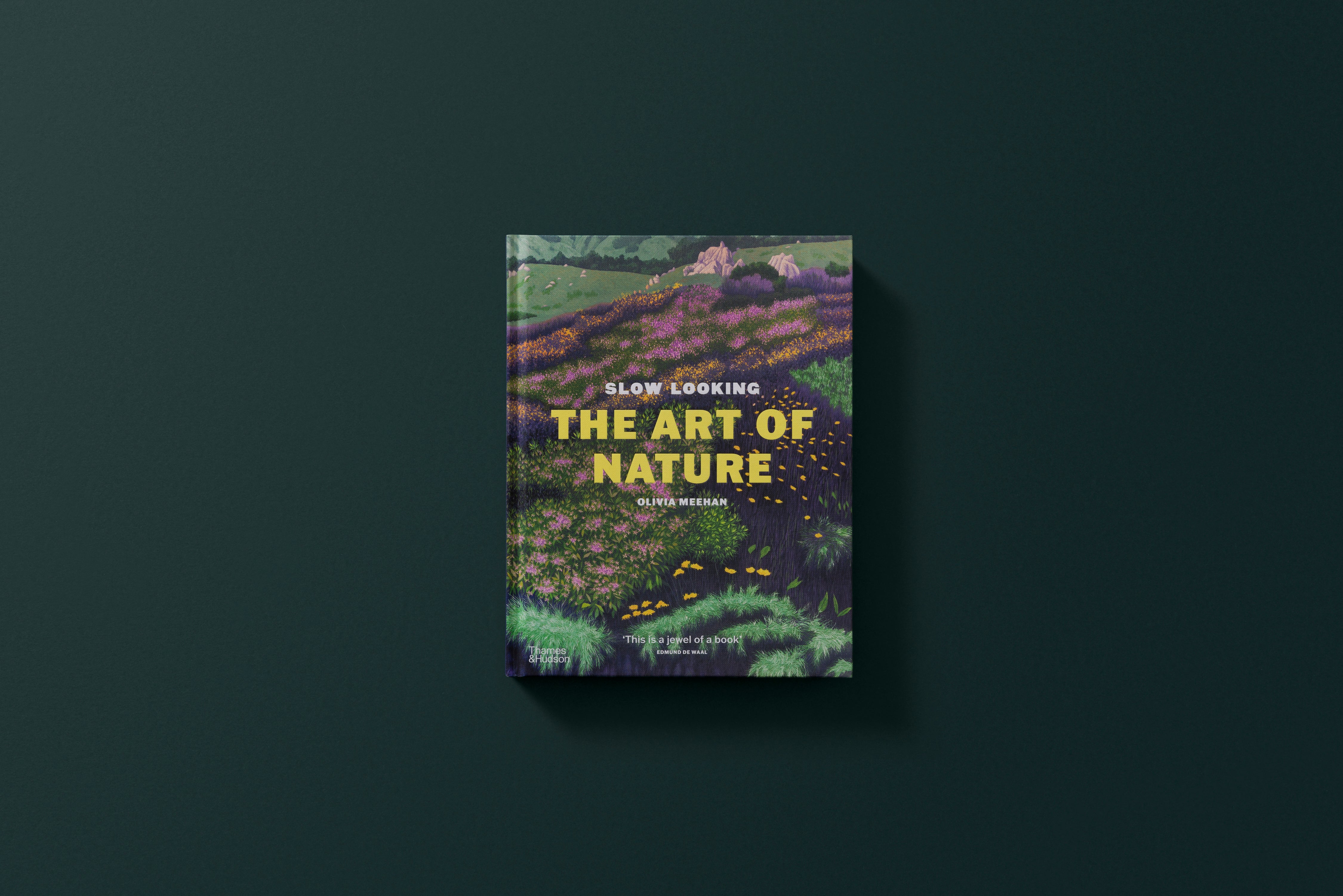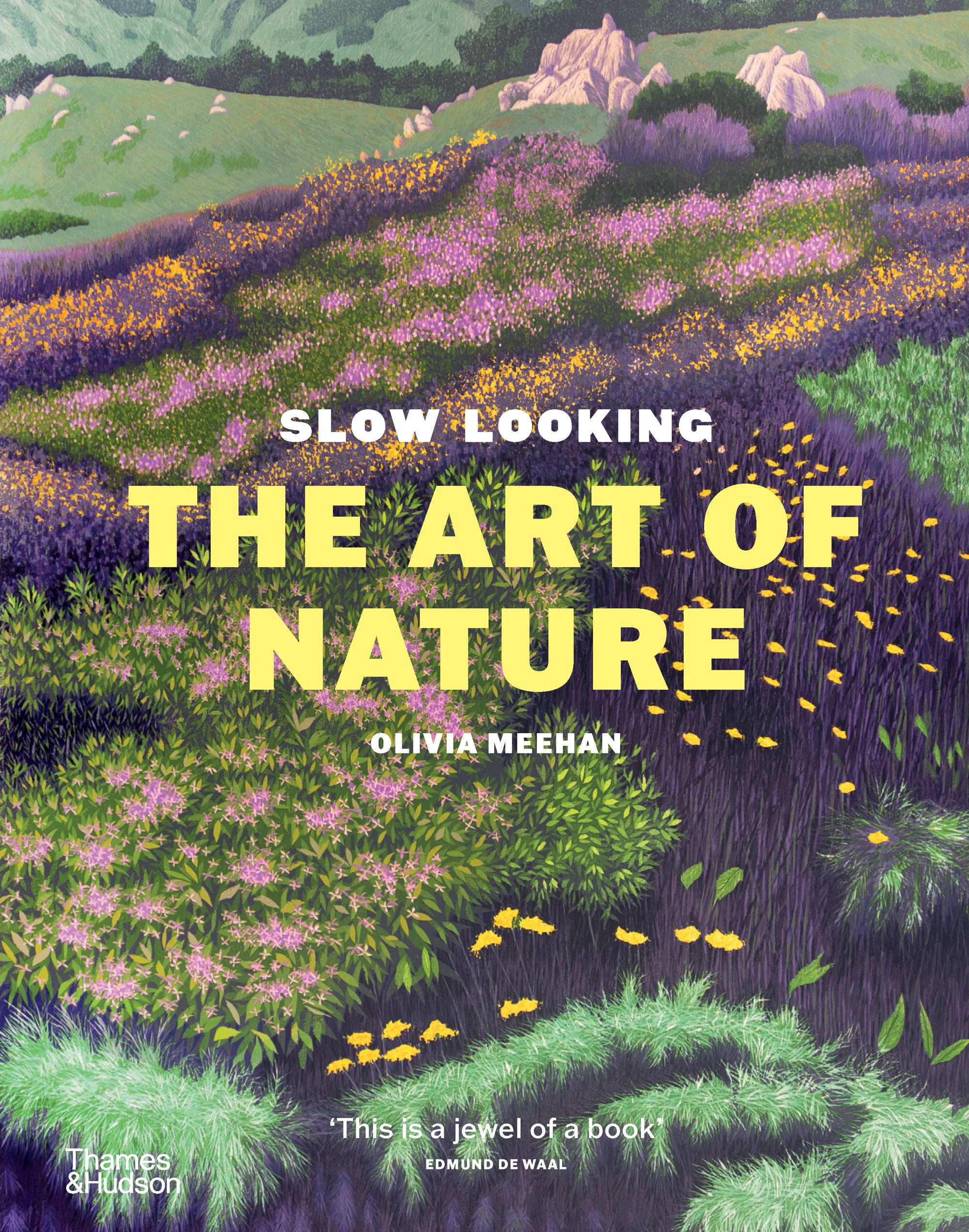A Guide to Slow Looking
Explore a whole new way of thinking about art.

Works of art provide an excellent platform for practicing slow looking techniques and
the development of visual intelligence.
Research in art galleries and museums has shown that most people will spend
around 8–15 seconds looking at a work of art. Most people will spend 15 seconds
reading (or gazing at) the extended wall text, then glance at the work of art for around
3 seconds. In some instances they will move on without looking at the work itself.
Given the rise of engagement with social media platforms it makes sense that
attention spans are being further reduced, equating to the average swipe-away mark of
2–3 seconds. If this is the case, the formation of our skills in visual literacy, which are
not just confined to ‘reading’ an image but also how one ‘sees’ an image, are becoming
increasingly limited.
To slow down our looking takes training. It is not easy, but it can be rewarding.
When we first approach a work of art, it is customary to look at the label or caption:
we feel compelled to know the title, who painted it and when it was painted. All
this information is interesting, often important, and can provide context for the
circumstances and the history surrounding the work, but how does it guide our looking?
Slow looking necessitates a return to looking at what is before us: the object or
work of art itself.
In the spirit of engaging in slow looking practice, try not to take your phone out.
This will help focus your attention on the work of art and its placement in relation
to surrounding objects, and other things that may be taking place in the gallery:
everything is vying for your attention. Acknowledging your surroundings will support
your looking and possibly even enhance it. In some galleries, along with works of art
and objects on display, there is the exhibition design to consider and often a curated
soundtrack, together offering an immersive experience.
When first approaching a work of art, resist reading the caption. What do you
see? Take note of what first draws your eye. Examine the entire canvas, page, or object,
the total surface of the thing. We can never fully exhaust the work with our eyes and
our first look will reveal only part of what it has to offer. In the first instance, remove all
pressure of learning something or acquiring knowledge and simply return to the work
of art. Find descriptive ways to name the colour as you perceive it. Does it remind you
of something? The same could be applied to describing the subject matter or place
represented. In the process of slow looking there is always room for new discoveries
and wonder, even if the work is familiar to you. There is no immediate need to share
your reaction or response with others. Allow it to settle.
This is an extract from Slow Looking: The Art of Nature by Olivia Meehan, out now.


